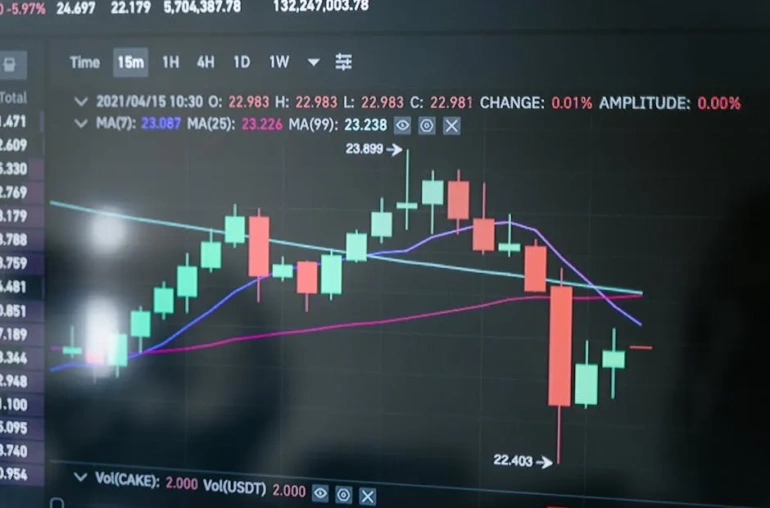
Understanding the Recent 51% Attack on Monero
In a significant development within the cryptocurrency world, Monero, a leading privacy-focused digital currency, has reportedly experienced a successful 51% attack. This event has raised concerns among investors and users alike, as it highlights vulnerabilities that can arise in blockchain networks.
What is a 51% Attack?
A 51% attack occurs when a single entity or group gains control of more than half of a blockchain network’s mining power. This dominance allows the attacker to manipulate the network by reversing transactions, preventing new transactions from gaining confirmations, and even double-spending coins. In essence, the integrity of the blockchain is compromised, leading to potential financial losses for users.
The Role of Qubic Pool
In this instance, it appears that the Qubic pool has seized control over Monero’s network. This development has raised alarms not only for the immediate implications it has on transactions but also for the broader perception of Monero as a secure and reliable cryptocurrency. Users may now be questioning the safety of their investments and the resilience of the Monero network against future attacks.
The Impact on Monero Users
For those who hold Monero or use it for transactions, this attack could lead to several short-term and long-term consequences. In the short term, users may face delays in transaction confirmations or even the risk of their transactions being reversed. Long-term implications could include a decline in trust towards Monero, which might affect its adoption and value in the market.
What Can Be Done?
In light of this attack, it is crucial for the Monero community and developers to address the vulnerabilities that enabled this incident. Enhancements to network security protocols, increased decentralization of mining operations, and improved user education on risks associated with 51% attacks could help fortify the network against future threats.
Conclusion
As Monero navigates through the aftermath of this 51% attack, it serves as a stark reminder of the importance of security within the cryptocurrency space. While Monero has built a reputation around privacy and anonymity, incidents like this can shake user confidence and highlight the ongoing challenges that cryptocurrencies face in achieving robust security. The community’s response to this attack will be crucial in determining the future trajectory of Monero.
For those interested in the evolving landscape of cryptocurrency and blockchain technology, staying informed about such incidents is vital. As the digital currency market continues to grow and mature, understanding the risks involved will empower users to make informed decisions.



